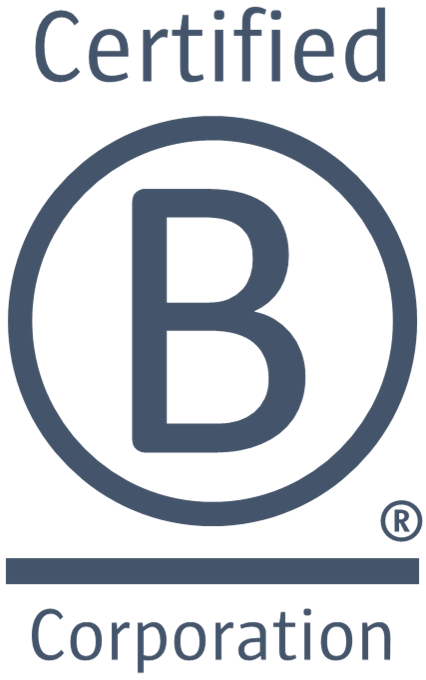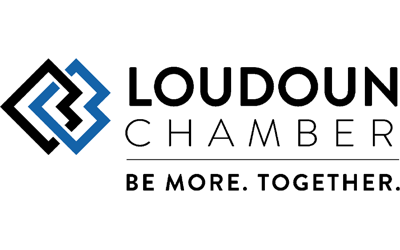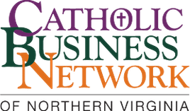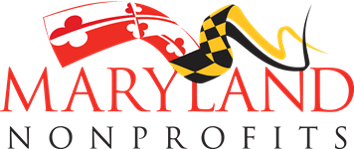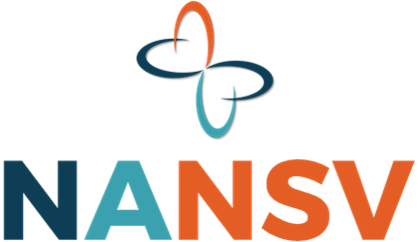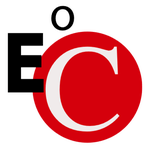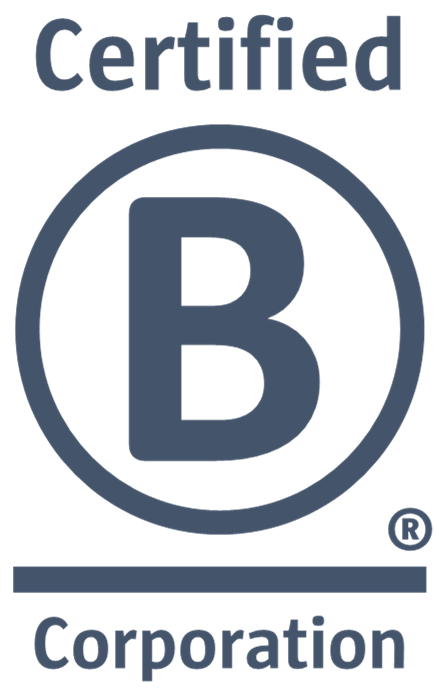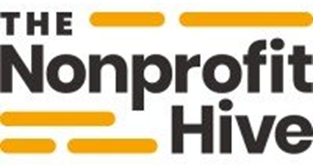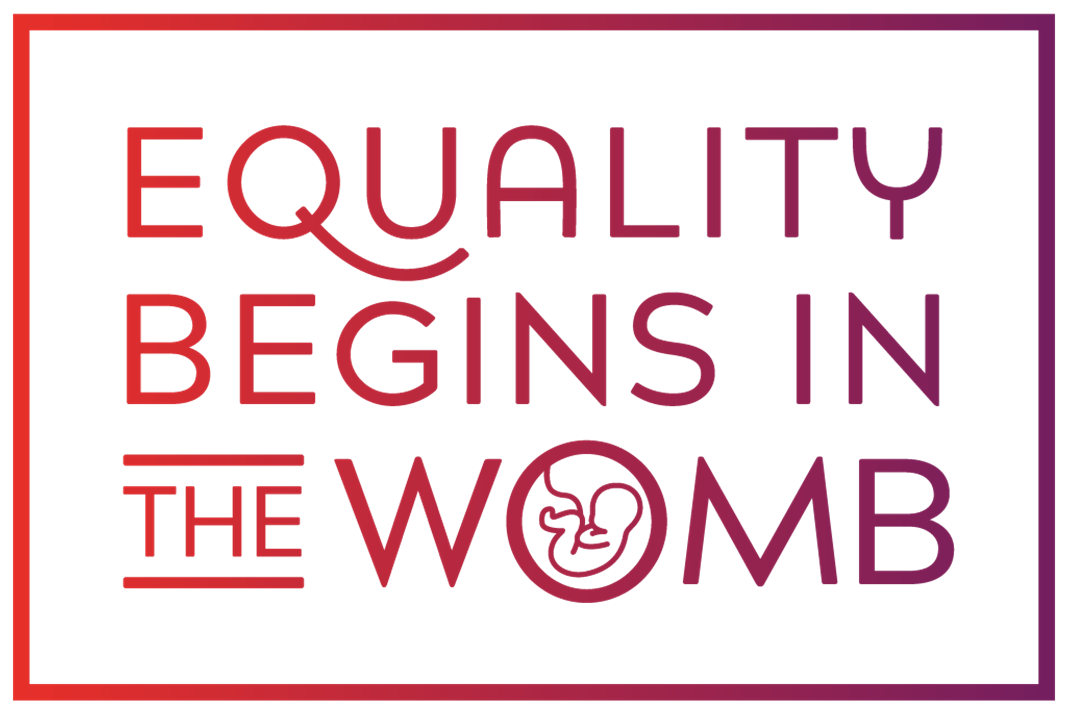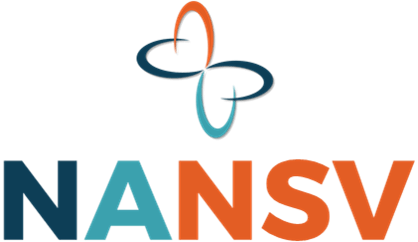Act Now on Your Non-profit's Strategy!
How to enable successful execution of your strategic plan
This is the fourth blog post in our series on non-profit Strategic Planning. In our last post, we went into detail on the “Planning” phase of our approach, laying out what non-profits need to do to define their aspirations and build a road map toward making them real. In this article, we’ll discuss the “Act” stage—the “getting it done” aspect of Strategic Planning. It’s Action—what is done, how well it’s done, and its timeliness—that ultimately determines the results non-profits get, so it’s important to get it right. And while execution might sound simple—you just “do it,” right?—the fact is that it’s at this point where many non-profits see their best-laid plans go off the rails.
Why do so many plans die at the “Act” stage? There are several different reasons, and the impacts range from “failure to launch” to “start-and-stop” to “haphazard results.” What’s often lacking is commitment, ownership, knowledge, coordination, monitoring, and/or responsiveness.
- Commitment—Namely, the absence of urgency on the Board, which means it isn’t stressing accountability, actively participating, or facilitating timely action for Action Owners. Without a sufficient level of commitment, it’s easy for plans to get overwhelmed by the “routine.”
- Ownership—Who’s got the honor of “running the program?” Someone has to look at the big picture, make sure everything is happening as it’s supposed to, and recognize and respond to (or escalate) issues. If no one’s in charge, things can easily fall by the wayside.
- Knowledge—Very often, those responsible for individual actions know what’s supposed to be done, but they don’t know specifically what to do. The devil’s in the details, so to speak, and unless you can define the basic steps underlying the action, the outcomes are at risk.
- Coordination—Strategies are full of complementary activities and dependencies. If they aren’t well-orchestrated, and if collaboration isn’t encouraged, execution will at best be inefficient, and internal inconsistencies may be more costly and less likely to produce the right results.
- Monitoring—Specifically, the lack oversight and corresponding inability to quickly recognize issues threaten to push plans off track. This is a function of effective, empowered ownership. Without continuous, accurate reporting, problems aren’t seen and aren’t solved.
- Responsiveness—Issue recognition is essential but useless without responses. When expected resources become unavailable, or assumptions end up inaccurate, it’s decision time. If those decisions are “punted”—resources not provided, schedules not adjusted, etc.—plans will fail.
As with many challenges, there are solutions that will help promote successful execution. For strategic plans, a lot rides on how implementation is “set up.” The foundation is understanding strategic plans are “programs” made up of individual “projects,” and must be managed as such. With this perspective in mind, key elements of effective Action can be more easily identified, and the proper infrastructure established to stay true to a plan and achieve the expected outcomes. The pillars are the Key Implementation Roles, Program and Project Design, and Supporting Execution Tools.
Key Implementation Roles
- Governance—Boards facilitate execution and respond to issues, outcomes, and changing conditions. When issues are raised (see below), they are the decision-makers—e.g., whether to provide extra resources, or adjust plans or expectations. Similarly, they should be aware of and respond to milestone outcomes, as well as external dynamics that may affect plans.
- Program Management—Strategic plans need Program Managers—Executive Directors (EDs), key staff members, or consultants—who provide oversight, “push” Action Owners, facilitate coordination, track and report progress and outcomes, and resolve or escalate issues and risks. They must be empowered, even when Board members are Action Owners.
- Action Owners—Programs are the sum of individual projects. Completing assigned actions on time and with the expected results is the responsibility of the Action Owners, who plan activities, manage teams, collaborate across Actions, report progress, and raise issues. Board members may be Action Owners, and must accept reporting to the Program Manager.
Program and Project Design
- Project Planning—Actions should have “project plans” with tasks, dependencies, timelines, and team assignments. These define the detailed steps required to complete Actions, They force Action Owners to think through what their teams need to do, and seek help when they’re unsure. They also encourage coordination, and make early issue recognition easier.
- Program Oversight—An overall Program Plan consolidates each project—along with its dependencies, deadlines, and resource assignments—into one “master schedule.” They enable Program Managers to coordinate Actions and schedules on paper and in “real life,” track progress, interpret problems, and report and recommend solutions to their Boards.
Supporting Execution Tools
- Program Dashboard—It’s important for Boards to avoid getting “lost in the weeds” of basic strategic plan execution. Dashboards—relatively simple, easy-to-consume representations of project status, issues, risks, and recommendations—are a great way to keep Boards focused on their “governance” roles. An example of a dashboard is available here .
- Project Management Software—Since program and project management are so important, Program Managers and Action Owners need the right tools to plan, track progress, etc. Small, simple plans may be able to get by with spreadsheets, but more complex programs will benefit significantly from tools like MS Project (there are even Open Source options).
- Collaboration Platforms—Tools such as SharePoint enable coordination and collaboration across teams, which is especially important for larger organizations and complex plans. Even smaller plans will find Dropbox or another document management application useful. Any collaboration tool will also indirectly encourage accountability, if only due to visibility.
Of course, the above won’t guarantee successful execution—as we said above, a sense of urgency at the Board level is critical, and individual accountability is also important. So too is communication, which is essential for active direction and governance, and useful also for establishing transparency and maintaining a level of enthusiasm across the organization. However, without a sound infrastructure—roles, design, and tools—implementation is “at risk” from the beginning, which isn’t a good position for non-profits to be in to achieve their desired results and realize their aspirations.
Learn More
Next time, we’ll discuss the last component of our Planning Framework—“Adaptation.” Of course, while you’re waiting, feel free to contact us at
info@snowflakellc.com
if you
want to talk!
Read Other Posts










